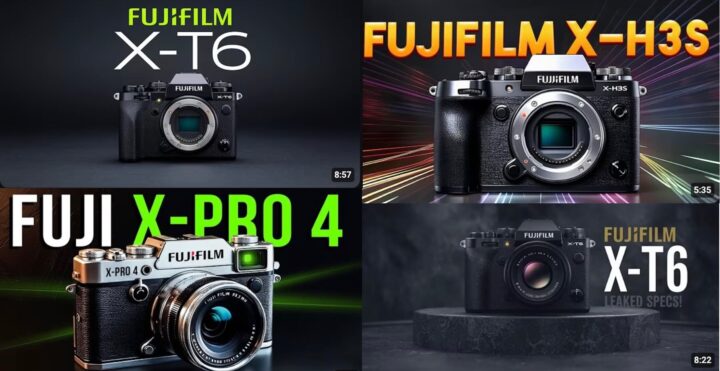EXCLUSIVE: Fujifilm GFX100RF Price Leaked

Do you remember the Fujifilm X70?
And what has the Fujifilm X70 to do with the rumor we share today?
Well, the X70 is the prime example on why rumors about the price of upcoming gear are the trickiest to share.
Because not only Fujifilm can change the price of new gear until just a few days ahead of its announcement. But as we could see with the Fujifilm X70, Fujifilm can change the retail price on gear also just a few days after its announcement. Because that’s what happened with the Fujifilm X70, which was launched at $799 but just a few days later, while it was still on pre-order, Fujifilm lowered the price to $699 as we reported here.
So should FujiRumors never share price rumors ever again?
Nope… but we give you this important disclaimer. And with that said, we can share the rumor.
According to information we have received from our sources, the price for the Fujifilm GFX100RF should be “around 5,000 USD“.
That’s more affordable than what I consider to be its closest competitor, the Leica Q3.
- Join Now → Fujifilm GFX Shooters Group
Fujifilm GFX100RF Rumors
- to cost around 5K USD
- coming in black and silver
- combined shutter/ISO dial
- layout details
- no hybrid viewfinder (EVF only)
- crop zoom lever – and placement details
- dedicated aspect ratio dial + placement update
- about the size of X-Pro3
- 100 Megapixel
- No IBIS
- GF35mmF4 Lens
- Coming March 2025
Related articles:





